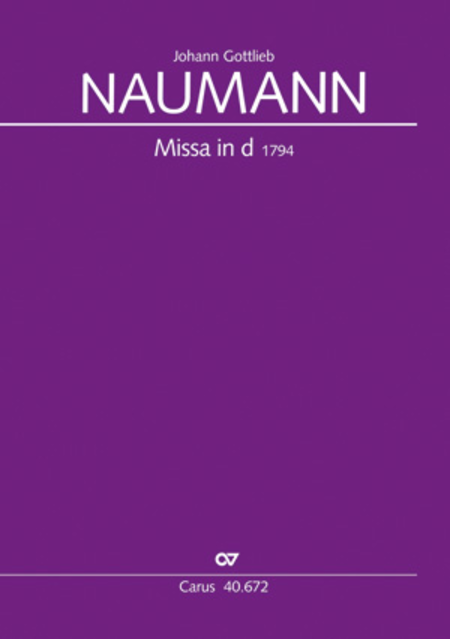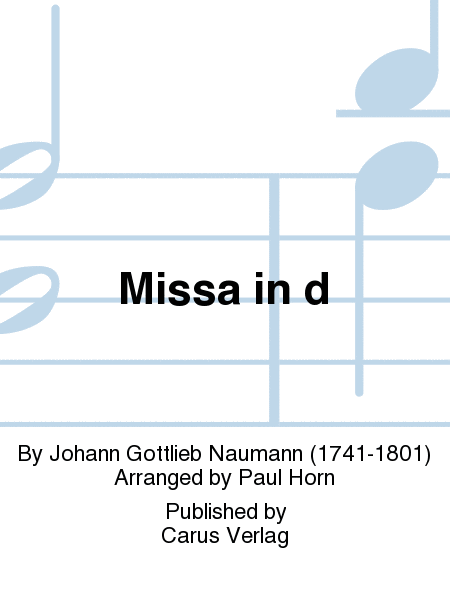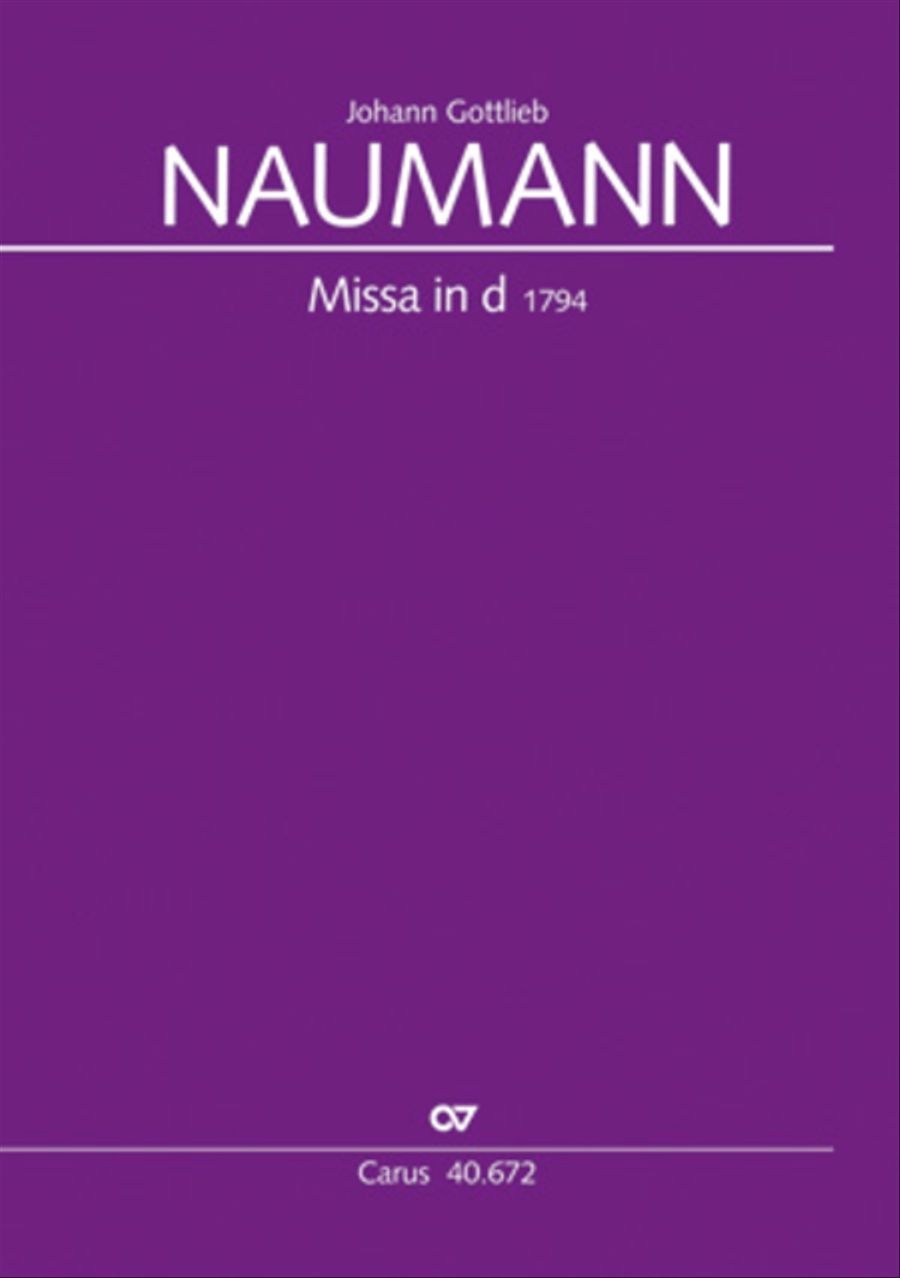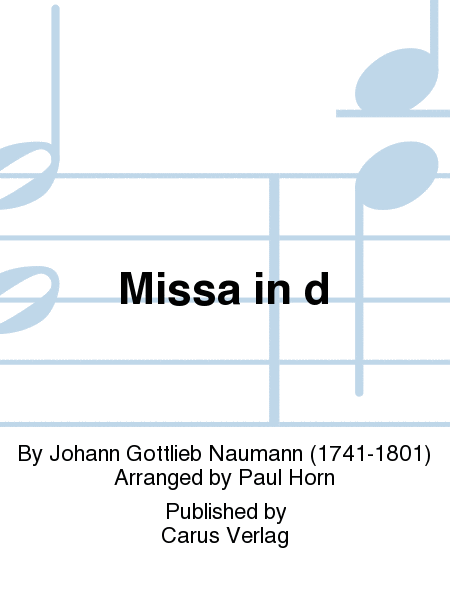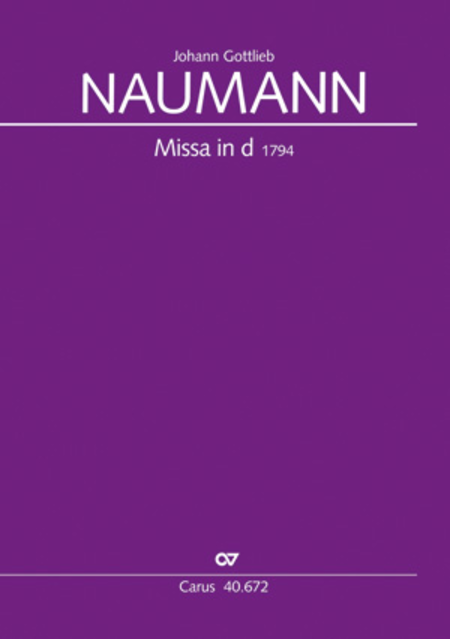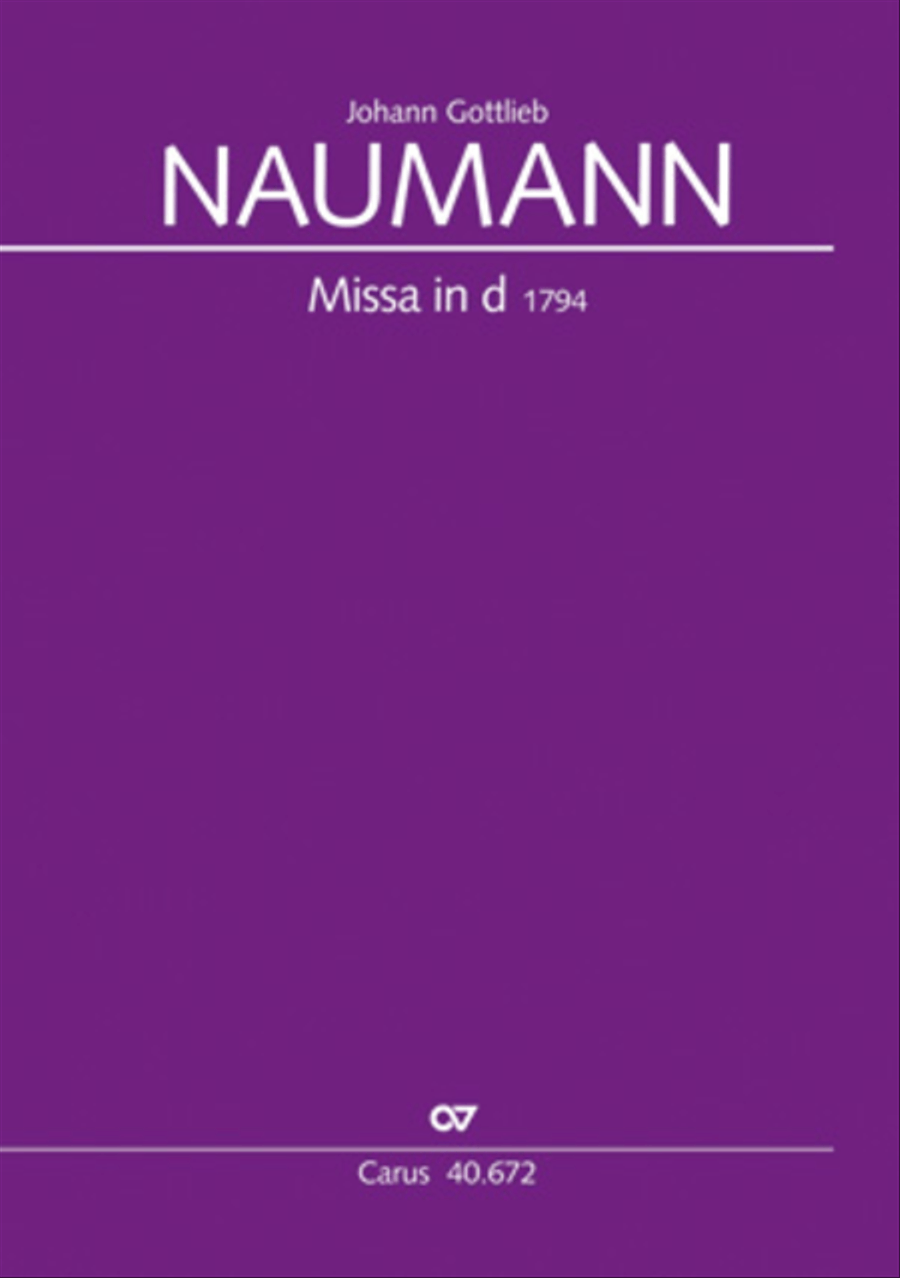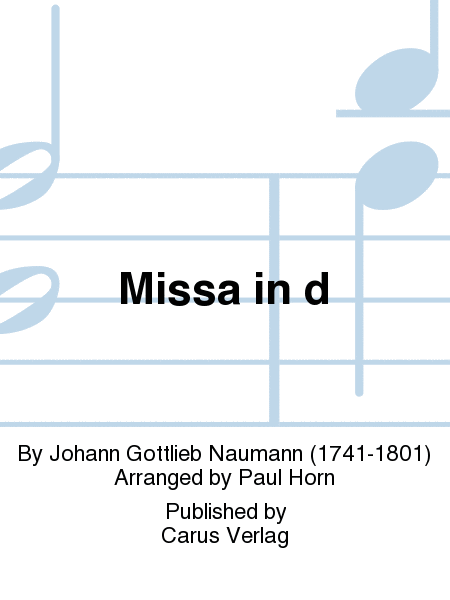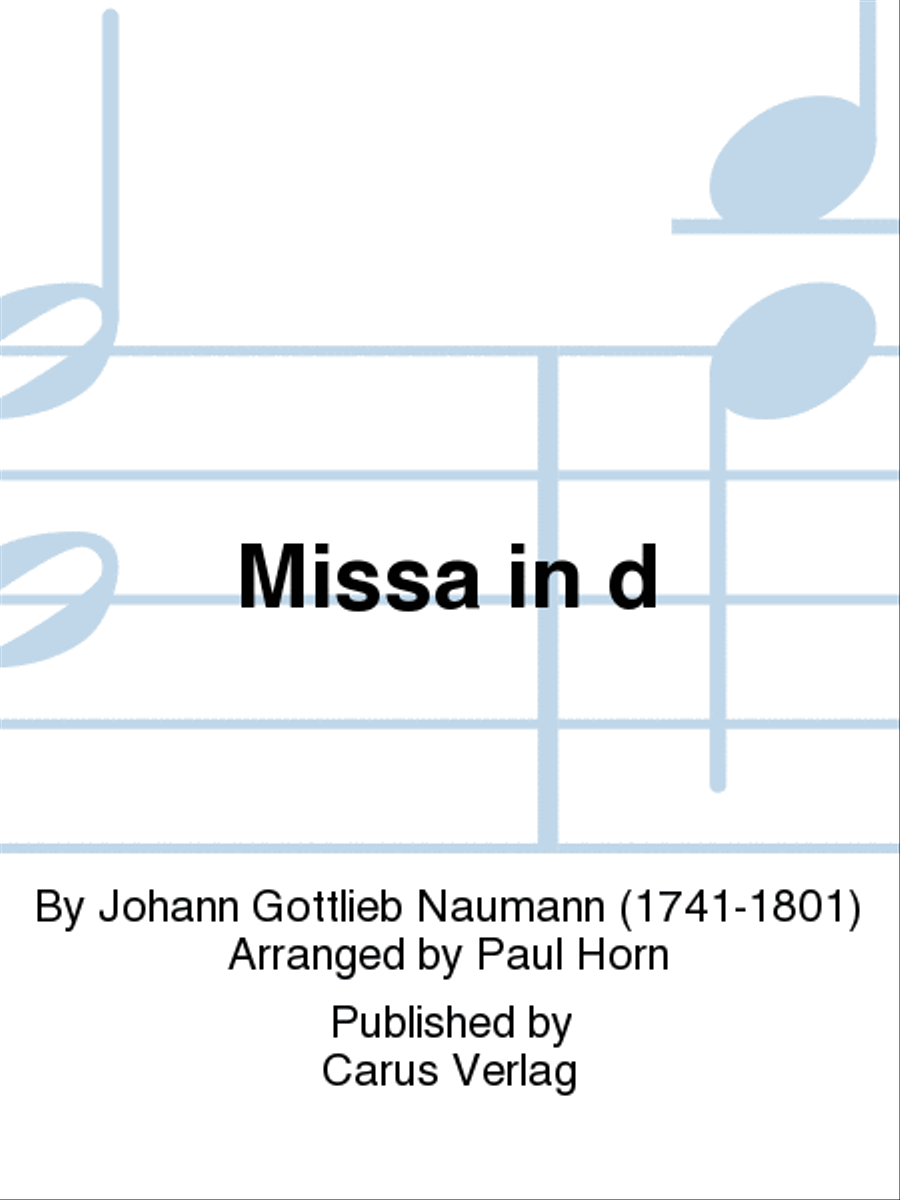Johann Gottlieb Naumann (1741 - 1801)
 Allemagne
Allemagne
 Allemagne
AllemagneJohann Gottlieb Naumann (17 April 1741 – 23 October 1801) was a German composer, conductor, and Kapellmeister. Johann Gottlieb Naumann was born in Blasewitz and received his musical training from the teachers at his town school, where he was instructed in piano and organ. Later, he studied at the Kreuzschule in Dresden and was a member of the Dresdner Kreuzchor. In Dresden he was taught by the organist and cantor of the Kreuzschule, Gottfried August Homilius, a student of Bach. In May 1757, he ... (Read all)
Source : Wikipedia
Source : Wikipedia
FREE SHEET MUSIC
Active criterias:
Search
| ||||||||||||||||||||||||||||||||||||||||



